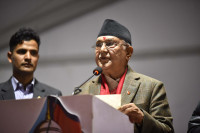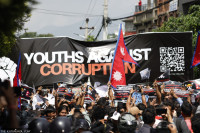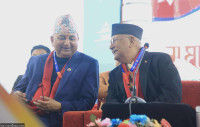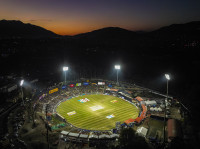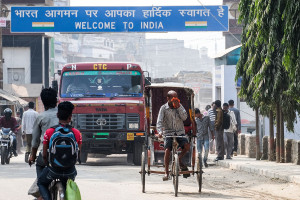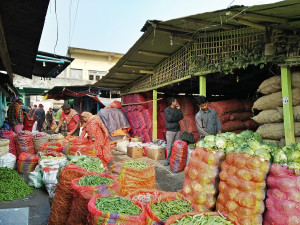Money
Tourism year
Nepal should offer appealing packages to tourists, both international and domestic
Apparently in a bid to revive Nepal’s sagging tourism industry, the government on Monday officially declared the year 2073 BS—which started two weeks ago on April 13—as Ghumphir Barsha or travel year. Prime Minister KP Sharma Oli inaugurated the campaign and urged domestic and international tourists to explore Nepal unhesitatingly. The Nepal Tourism Board (NTB) has allocated Rs2 million to carry out promotional activities to make the programme a success. Such a campaign to promote domestic tourism is the first of its type in the country. It is also part of the preparations to declare 2017-18 as the International Tourism Year.
Only time will tell if the two initiatives will bear sufficient fruit, but success—barring misfortune—will largely depend on planning and preparation. If the government and the NTB are determined not to let the initiatives be mere political gimmicks, they need to actively, if not aggressively, promote tourism in order to achieve a significant increase in the number of travellers in the country.
Tourist arrivals to Nepal fell to a six-year low in 2015, owing mostly to the earthquake, agitation in the Tarai and the blockade by India. As many as 538,970 tourists visited Nepal in 2015, a considerable decline of 251,148, or 31.8 percent, from the 2014 figures. Hotel occupancy had dropped to below 20 percent in the period between March and May last year from the usual 80 percent recorded in the past years. Fuel shortage had also forced international airlines to cut the frequency of flights to Nepal.
The number of tourists has gone up since then, but the government should still send a clear message to the world that Nepal is a safe destination and that only a few parts of the country have been affected by the quakes. Besides alleviating safety concerns, the government as well as private players should develop attractive packages to cater to all budgets. Disseminating promotional information about the country should be made an integral responsibility of all Nepali missions across the world.
For example, to mark the first anniversary of the earthquake, the Nepali Embassy on Monday organised an event in Beijing, in which Ambassador Mahesh Maskey urged the Chinese to visit Nepal. Such programmes should be regularly held in various locations, particularly in neighbouring countries. Arguably, Nepal has immense potential in adventure and religious tourism, but it is likely to be realised only if the country can project an image of being a worthwhile destination and can offer appealing packages to travellers.
As important as drawing international travellers to the country is boosting domestic tourism. Ghumphir Barsha, therefore, is an inventive idea. The NTB claims that the campaign will encourage the private sector to create special packages targeting Nepali travellers and that the board will help with the promotion of such packages.
Although there are no official statistics on internal tourism in Nepal, travel trade entrepreneurs say that it is a growing trend, especially among urban youths who are exploring new ways of recreation.
Such a trend needs to be encouraged. Educational institutions can play an important role to this end. Instead of only assigning an essay, for example on “Travel broadens mind”, schools and colleges should organise frequent field trips and let students actually experience the benefits of travel.




 15.12°C Kathmandu
15.12°C Kathmandu